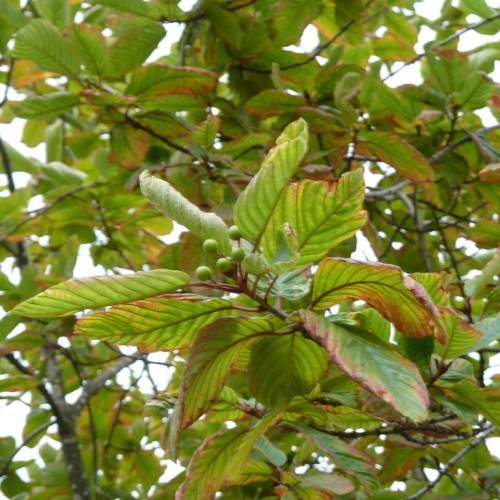
cascara
Frangula purshiana ( syn. Rhamnus )
Cycle:
Herbaceous Perennial
Watering:
Minimum
Hardiness Zone:
4
Flowers:
Flowers In Spring
Sun:
Full sun, Part sun/part shade
Soil:
Humus rich, Rocky , gravelly , dry, Well-drained
Fruits:
Fruits In Summer Ready In
Edible:
Yes
Leaf:
Yes
Growth Rate:
Low
Maintenance:
Low
Drought Tolerant:
Yes
Salt Tolerant:
Yes
Thorny:
Yes
watering
Coastal strawberry plants should be watered thoroughly once a week (or more if the weather is hot and dry) to ensure that their soil stays moist but not soaking wet. If the soil becomes too wet or dry, it can cause the plants to become stressed. Make sure to water your coastal strawberries at the root zone of the plant, ensuring that liquid is not getting on the leaves. Applying a layer of mulch will help keep the soil moist for longer periods of time. This is especially important during the hot summer months.
sunlight
Coastal strawberry plants (Fragaria chiloensis) prefer full sun, which amounts to 4 to 6 hours per day from late morning to early evening. While they will tolerate part shade, they will not thrive and will produce fewer and smaller berries. Coastal strawberries are generally adapted to climates with mild winters and cool, wet summers. During the flowering and fruiting stages, they require consistent, cool temperatures. They should be protected from intense or direct midday summer sun as this can cause wilt and mildew. The ideal location for coastal strawberries is in a spot with direct morning sun (at least 4 hours) and protection from the hottest midday sun.
pruning
Coastal strawberry (Fragaria chiloensis) requires light pruning. The best time to prune this plant is in the late winter or early spring, before new growth begins. Pruning should be done to remove any damaged, diseased, or dead branches or stems, and to reduce the size of the plant if necessary. Pruning should leave at least 2-3 buds on each stem and leave the main stem of the plant at least 2-3 buds in length. Prune the plant lightly, taking no more than a third of the foliage at any 1 time. After pruning, fertilize the plant to encourage new growth.
